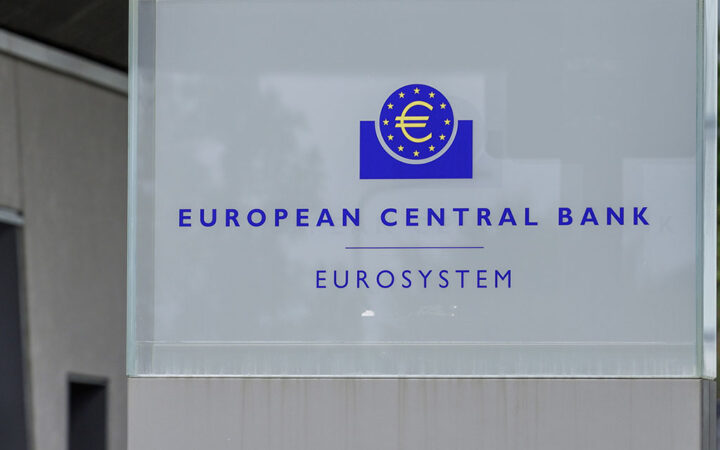
Content specialist with interest across sectors like Finance, Politics, Environment, Technology & Education. Loves Fiction! A reader, dreamer & blogger. When not writing, you will find her enjoying solitude like her cats
The experiment does not guarantee European Central Banks to bring wCBDCs into the market in immediate future.

The European Central Banks in conjunction with the Bank for International Settlements (BIS) led a successful attempt at using wCBDCs for settling international transactions. The Banque of France (BdF), Swiss National Bank (SNB) and the BIS successfully executed a foreign exchange settlement in euro and Swiss franc wholesale CBDCs.
Further extending the experiment, the institutions also undertook tokenization of euro-denominated Negotiable European Commercial Paper between the financial institutions of both countries. The trial also involved the participation of private players like Accenture, R3, Credit Suisse, UBS, Natixis and SIX Digital Exchange. Project Jura is a continuation of an experiment launched under Project Helvetia. It is also a part of the ongoing experiments on wCBDCs directed by the BdF since 2020.
The wCBDC trial focused on investigating the possibility of making instant transfers between two Central Banks via the wCBDC on a third-party platform using the single distributed ledger technology. Both the international transaction and the euro-denominated asset tokens were settled in a safe and secure manner employing the payment-versus-payment and delivery-versus-delivery mechanisms.
This joint effort at understanding the feasibility of wCBDCs becomes more important as it was done in the context of all applicable regulatory necessities and in the here and now setting with the help of real money/assets. In order to do away with the risks associated with transacting central bank money to non-resident financial institutions, the experiment made use of dual notary signing and subnetworks.
In the words of Andrea M. Maechler, Member of the SNB’s Governing Board, the experiment will give a direction to the financial firms in leveraging the distributed ledger technology to enable advanced futuristic international transactions. The head of the BIS Innovation hub, Benoit Coeure stressed the role of a secure and regulated wCBDC in enabling cross-border transactions driven by innovation from across borders. The report also spoke about the use of such novel technology-led infrastructure in changing the stricture and workings of the existing traditional markets and foreign exchange. Though the initiative was successful, according to the report, it does not guarantee these European Central Banks will legally bring into the market any kind of wholesale or wCBDCs in the immediate future.
Digital currencies have changed the overall financial ecosystem and countries everywhere are trying to understand this transition and come up with a middle-path to integrate digital into the traditional. The wholesale CBDCs are one of the emerging digital currencies explored around the world by different financial institutions. CBDC or Central Bank Digital Currency, in its simplest form, refers to the country’s fiat currency but in the form of an electronic record. Even though they are virtual, they have the backing of the government that issued them and are therefore regulated by the country’s monetary authority. It is believed that such digital currencies backed by authorities have the power to bring about financial inclusion and help with a simplified yet faster execution of both fiscal and monetary policies.
Wholesale CBDCs or wCBDCs are a type of digital currency that is used for interbank settlements or wholesale transactions between different financial institutions. They are identical to the concept of Central Bank reserves and can be explored to make the inter-bank or inter-institutional payments automatic, safe and faster.
Disclaimer: Coinspeaker is committed to providing unbiased and transparent reporting. This article aims to deliver accurate and timely information but should not be taken as financial or investment advice. Since market conditions can change rapidly, we encourage you to verify information on your own and consult with a professional before making any decisions based on this content.

Content specialist with interest across sectors like Finance, Politics, Environment, Technology & Education. Loves Fiction! A reader, dreamer & blogger. When not writing, you will find her enjoying solitude like her cats




